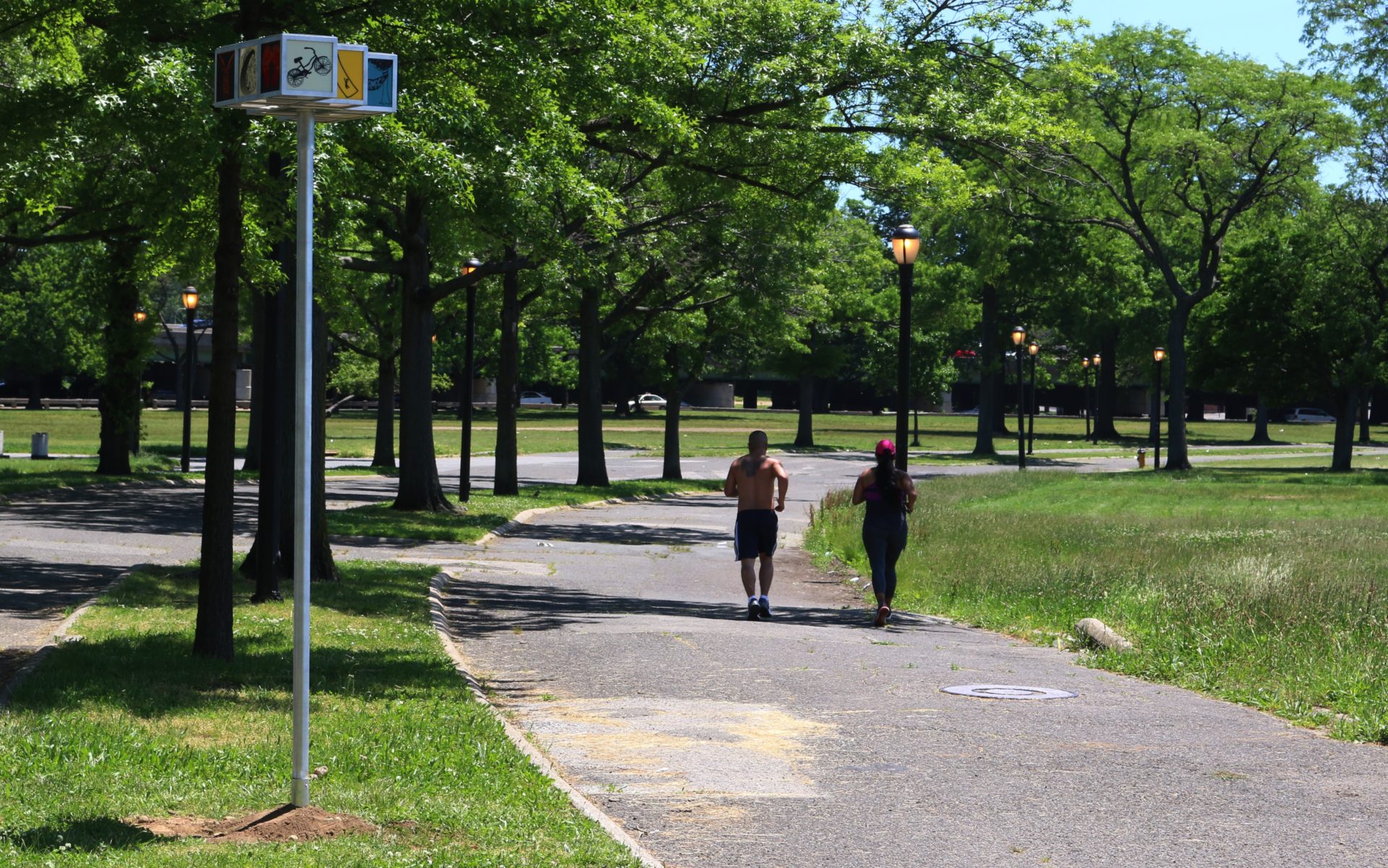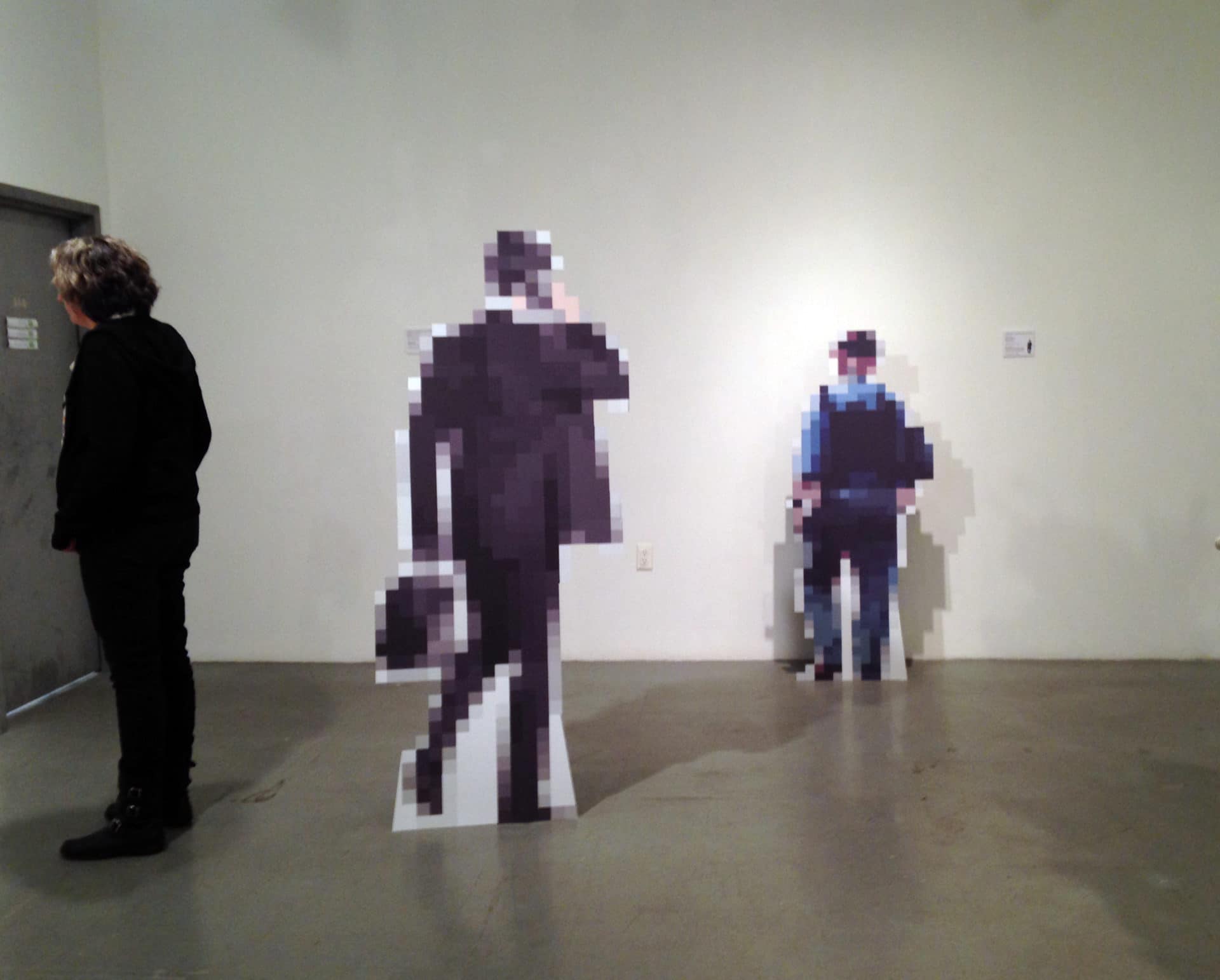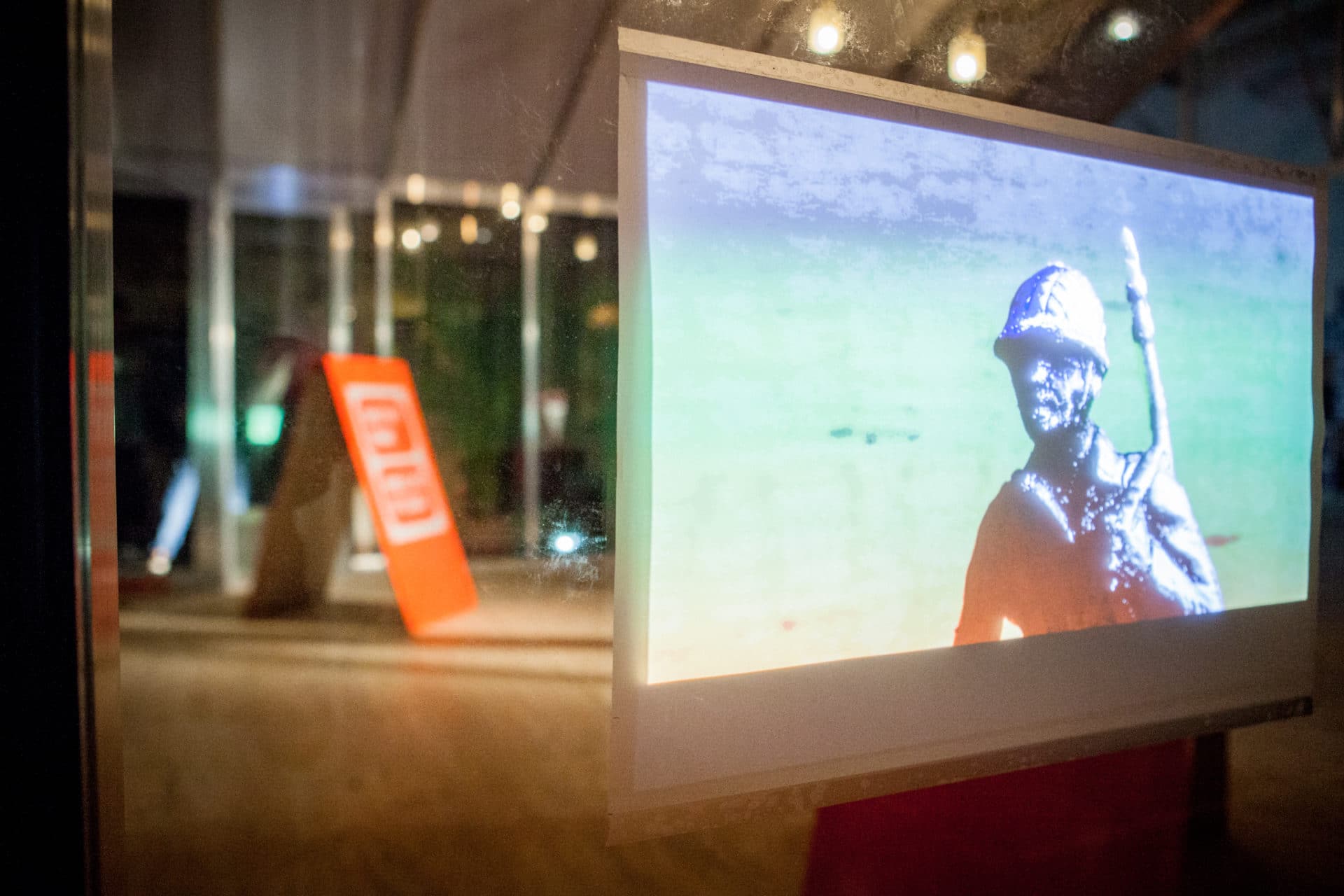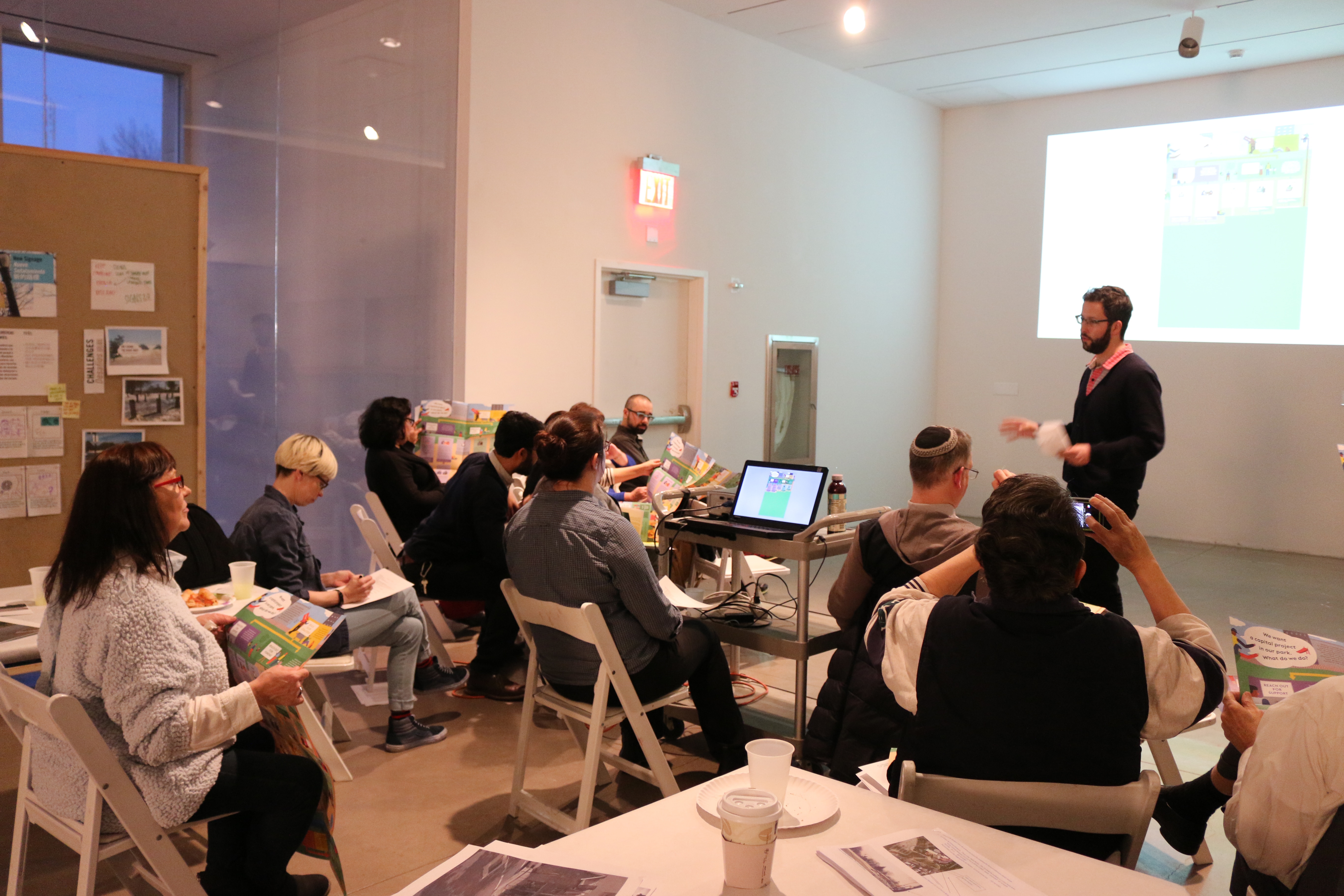Heather Jones: You’re described as a writer and interdisciplinary artist working at the nexus of visual art, design, and the urban environment. How did you come to so actively engage in these areas, and how do you combine these different fields in your work?
Sam Holleran: As an artist I want to create work that lives outside the gallery. I’ve always been interested in both research-intensive artworks and projects based on a set of constraints. As a student, I was really interested in design—especially in the shaping of symbols and objects that mediate the built environment; little overlooked things like the “universal icons” that are deployed in signage and the ways that street furniture (like park benches) and lighting are used to control and direct behavior in public space. This naturally directed me towards urban design, city planning, and landscape architecture, but I still approach these things like an artist. I don’t come in and say ‘how can we solve this problem?’ More often I’m going for something a bit weirder and quirkier—I’m looking at what’s interesting about an issue, what’s not being addressed in the public conversation, or what historic element of a space has been sublimated.
HJ: Your work has been published in journals such as Urban Omnibus, Vice, PRINT, Public Books, The Avery Review, and now several times here on CAS. How do you view the relationship between writing and your other creative practices.
SH: It’s tricky. I try and keep the two a bit separate but, of course, they end up running together. Sometimes I’ll investigate something as a writer and end up coming back to it as an artist many years later. In 2010, I helped create a public Reading Room that was part of an exhibition at my alma mater, Cooper Union, in New York City. The reading room was a direct reference to this proto-public library, established in 1859, that had once been a cornerstone of the institution but disappeared in the mid-20th century. The history was really fascinating to me, and, with help from Sam Chun and Wai-Jee Ho, we fabricated a small “reincarnation” of the reading room full of artist books. In a recent article for Places Journal I was able to revisit that earlier work and draw on what had primarily been a visual exploration to create a written work that incorporated the story of the Reading Room into it.

HJ: You’ve also been active in education and community organizations like the Center for Urban Pedagogy in New York. Why is pedagogy important in your practice?
SH: Center for Urban Pedagogy, or CUP, is a great organization and it was a really formative experience for me to work there. It’s a place where art and design are really brought to bear on difficult issues. We often talk about the power of art to ‘illuminate’ issues or to ‘raise awareness,’ but ultimately ‘raising awareness’ doesn’t get you much. The collaborations that CUP facilitates go way deeper, and visual thinking is the excavating tool that allows people to understand complex systems—and in the U.S. there really are some byzantine, crazy, hard to parse policies in place—and to see where they have leverage in those systems. Art can bring people into the framing and understanding of problems in ways that community meetings and white papers can’t. And it also plays a big role in the shaping of solutions—in determining what is both a desirable and possible outcome for an issue.
HJ: You’ve previously mentioned that you’re personally interested in under-examined histories. What does this term mean to you, and in what ways do you explore these histories?
SH: I want to direct my work towards illuminating stories that aren’t typically told. This isn’t necessarily investigative in the sense that you’ll always find some big iceberg of a story just below the surface. There are tons of things waiting to be revealed by artists and writers, and sometimes it’s just shedding light on the flotsam and jetsam that’s passing us by; sometimes it means trying to bend a discourse towards justice by helping to tell stories that have been forgotten or deliberately obfuscated by those who have a vested interest in establishing a certain kind of narrative.

HJ: Can you tell us more about any other research interests and/or upcoming projects?
SH: I’m working on a longer term investigation that traces the history of ‘visual literacy’ as an idea. It explores how the notion of ‘literacy’ moved from mass literacy campaigns of the 1960s—one of the last big ‘modernist’ projects— to the arena of the visual in the 1970s. It’s a look at how we come to ‘know’ images and how this has profound implications for our relationship to visual space and the world around us and how we order visual stimuli as we’re bombarded with evermore and infobesity challenges abound.
HJ: You will be in Stavanger as the second 2019 CAS Resident this September. Do you have any specific plans or goals for your time here?
SH: My project will look at the ways in which art is used to revitalize post-industrial spaces. I’ll be looking at sites related to waterfront industry, petroleum extraction, and fishing. I’m especially keen on discovering ground-up projects that repurpose space. So if anyone is reading this and they’ve set up a social space in an old shipping yard or installed a work made out of cast-off fishing supplies, get in touch—I’m very eager to have a look at things like that. I’m also interested in learning about the city’s past industries that have faded as knowledge-based work has taken off.

Sam Holleran is an interdisciplinary artist. His writing and research on graphic culture examines the power and politics inherent in the design and use of artifacts in urban spaces, from street furniture to public art to advertisements. His writing has appeared in Print, Public Books, Dissent, and The Avery Review, among other publications. He has worked as an art director, researcher, and educator in the field of civically-engaged design and art with the Center for Urban Pedagogy in New York City and ETH-Zürich. Currently, he develops popular education tools focused on climate policy with Ellery Studio in Berlin.


